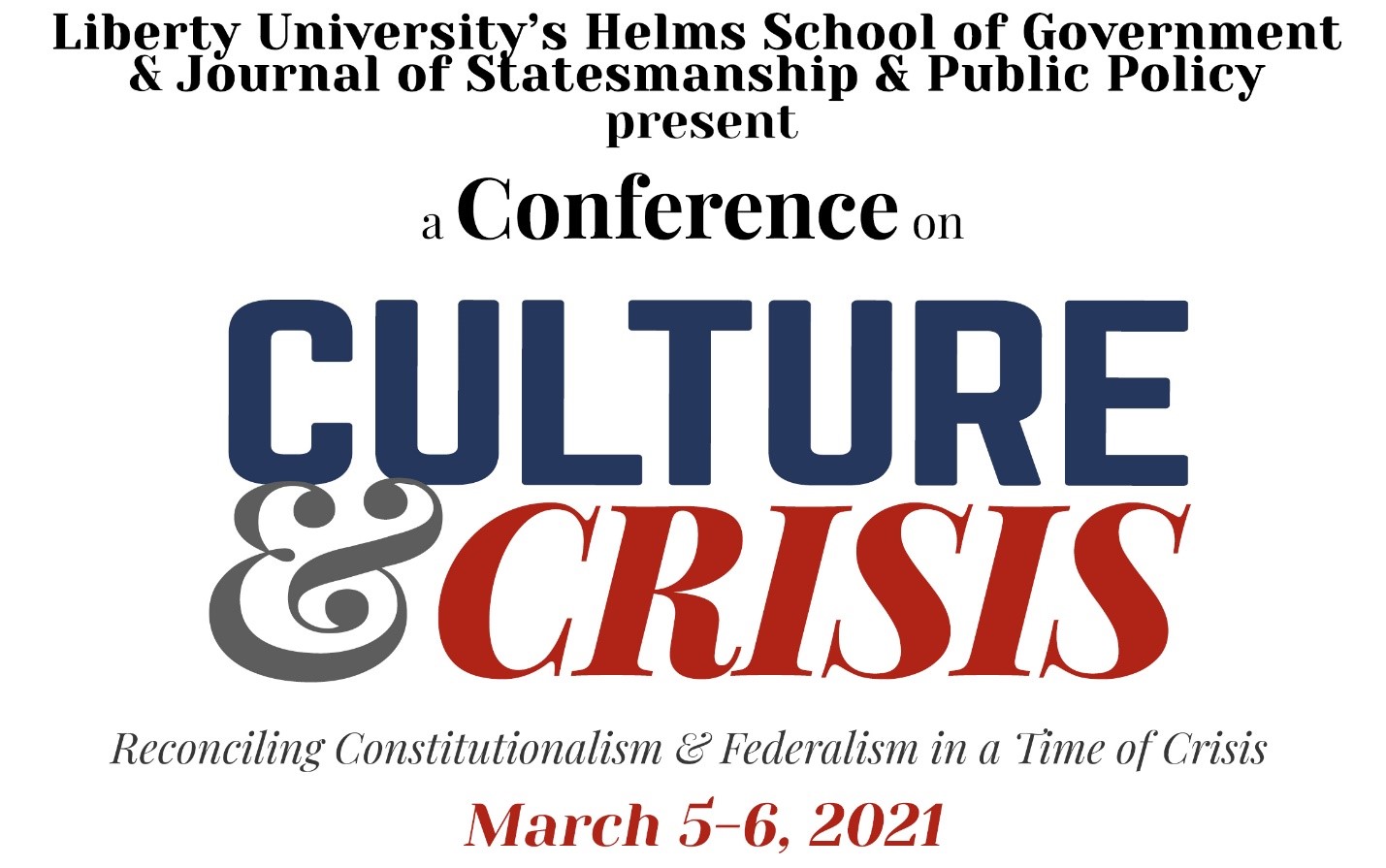Level of Education
Graduate
Keywords
COVID-19, case rate, death rate, fatality rate
Abstract
This paper attempts to examine a correlation between lockdown length and COVID-19 case rate, death rate and fatality rate. In March of 2020, the publishing of alarmist epidemiological models prompted government officials to enact sweeping emergency measures (Miltimore 2020). Notably, the Imperial College London model published by epidemiologist Neil Ferguson predicted a “best-case scenario” of 1.1 million COVID-19 deaths in the U.S. by August 2020. This model heightened concern that the hospital system would be overwhelmed, a reason cited by President Trump’s Coronavirus Task Force members, Dr. Birx and Dr. Fauci, as justification for the “15 Days to Flatten the Curve” shutdown (Magness 2020). The question of where to place blame, or praise, for the handling of the COVID-19 response, like the spread of the virus, is ongoing. United States politicians almost immediately began pointing the finger at “the other side” from the first days of public awareness of the novel virus. The federal government, and specifically former President Trump have come under fire for their approach to handling the emergency response to the virus’s spread and the economic fallout that followed (Yoo 2020).
Included in
American Politics Commons, Economic History Commons, Economic Policy Commons, Political Economy Commons, Public Policy Commons
The Effect of State Level COVID-19 Stay-at-Home Orders on Death Rates
This paper attempts to examine a correlation between lockdown length and COVID-19 case rate, death rate and fatality rate. In March of 2020, the publishing of alarmist epidemiological models prompted government officials to enact sweeping emergency measures (Miltimore 2020). Notably, the Imperial College London model published by epidemiologist Neil Ferguson predicted a “best-case scenario” of 1.1 million COVID-19 deaths in the U.S. by August 2020. This model heightened concern that the hospital system would be overwhelmed, a reason cited by President Trump’s Coronavirus Task Force members, Dr. Birx and Dr. Fauci, as justification for the “15 Days to Flatten the Curve” shutdown (Magness 2020). The question of where to place blame, or praise, for the handling of the COVID-19 response, like the spread of the virus, is ongoing. United States politicians almost immediately began pointing the finger at “the other side” from the first days of public awareness of the novel virus. The federal government, and specifically former President Trump have come under fire for their approach to handling the emergency response to the virus’s spread and the economic fallout that followed (Yoo 2020).



